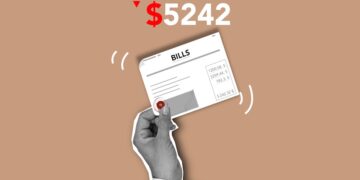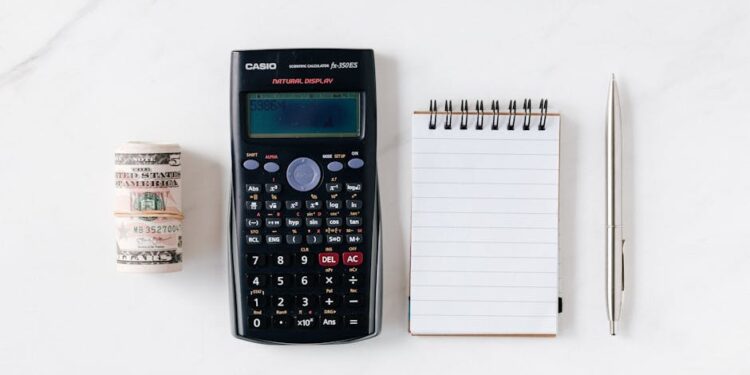Mastering Envelope Budgeting: A Strategic Guide to Managing Your Money
Effective money management is crucial for building lasting financial stability. Amongst various budgeting methods, envelope budgeting stands out as a highly practical and straightforward approach. This article delves into the essence of envelope budgeting, offering a strategic guide to help you optimize your finances and gain control over your spending.
What is Envelope Budgeting?
Envelope budgeting is a method of allocating specific amounts of cash to different spending categories, each kept in a separate envelope. This approach ensures that you only spend what you have allocated for each category, thus preventing overspending and encouraging more mindful financial decisions.
Origins of Envelope Budgeting
The envelope system dates back to times when cash was the primary mode of transaction. It simplifies budget management by physically dividing your cash into categories according to your monthly budget plan. This tactile aspect of handling money makes it particularly effective for those who benefit from seeing and feeling their expenditure limits.
Setting Up Your Envelope Budgeting System
To begin with envelope budgeting, follow these steps to establish a system tailored to your financial needs.
Step 1: Determine Your Monthly Income
Start by calculating your total monthly income, including all sources such as wages, freelance income, and any passive sources. This will form the basis for how much money you allocate in your envelopes.
Step 2: List and Categorize Expenses
Create a list of your monthly expenses. Divide them into fixed expenses (like rent and utilities) and variable expenses (such as groceries and entertainment). This categorization helps in assigning realistic amounts to each envelope.
Step 3: Allocate Money to Each Envelope
Decide how much money to allocate to each category based on your expense list. Place the designated cash amount into corresponding envelopes. For example, if you allocate $300 for groceries, place that amount into the “Groceries” envelope.
Benefits of Envelope Budgeting
Envelope budgeting offers numerous advantages, particularly for those looking to regain control of their finances.
Prevents Overspending
Since you can only use the cash allocated in each envelope, it effectively prevents any possibility of overspending in any category. This is particularly beneficial for those who struggle with impulse purchases.
Encourages Financial Discipline
Utilizing physical cash allows you to visually track spending, which can enhance your awareness and discipline regarding money use. This method encourages you to make thoughtful decisions about purchases.
Simplifies Money Management
The envelope system is straightforward and easy to maintain, making it an excellent option for those new to budgeting or those overwhelmed by more complicated budgeting tools.
Common Challenges and Solutions with Envelope Budgeting
Although highly effective, envelope budgeting comes with challenges that can be mitigated with strategic adjustments.
Dealing with Irregular Income
For those with fluctuating earnings, it can be challenging to predetermine the amount of money to allocate each month. Solution: Base your budget on your lowest expected income or average past earnings, adjusting whenever possible.
Adapting to Digital Expenditures
In an increasingly digital economy, some expenses like online subscriptions can’t be paid in cash. Solution: Use a separate checking account or a preloaded debit card specifically for digital transactions, while still maintaining the envelope categorization.
Advanced Tips for Envelope Budgeting Success
To enhance the effectiveness of envelope budgeting, consider these advanced strategies.
Review and Adjust Monthly
At the end of each month, review your spending and adjust the allocations as necessary. This keeps your budget responsive to changes in your financial situation and spending habits.
Include a Savings Envelope
Always include an envelope for savings, treating it as a non-negotiable monthly expense. This builds a healthy savings habit, securing your financial future.
Use Tracking Tools
Incorporate tracking tools such as budgeting apps or spreadsheets to monitor your envelope balances digitally. This can provide a detailed review of your financial progress and help fine-tune your budgeting approach.
Conclusion
Envelope budgeting is a robust, user-friendly methodology that promotes disciplined spending and effective money management. By following this strategic guide, you can optimize your financial resources, mitigate the risk of debt, and build towards a more secure financial future.
Adopting and adapting the principles of envelope budgeting can provide not just immediate financial relief but also long-term behavioral changes, leading to sustained financial health. Start today, and watch as your finances transform through the simple, yet powerful envelope budgeting system.
By mastering this budgeting approach, you are well on your way to achieving your financial goals and ensuring a stable, prosperous future.

























































